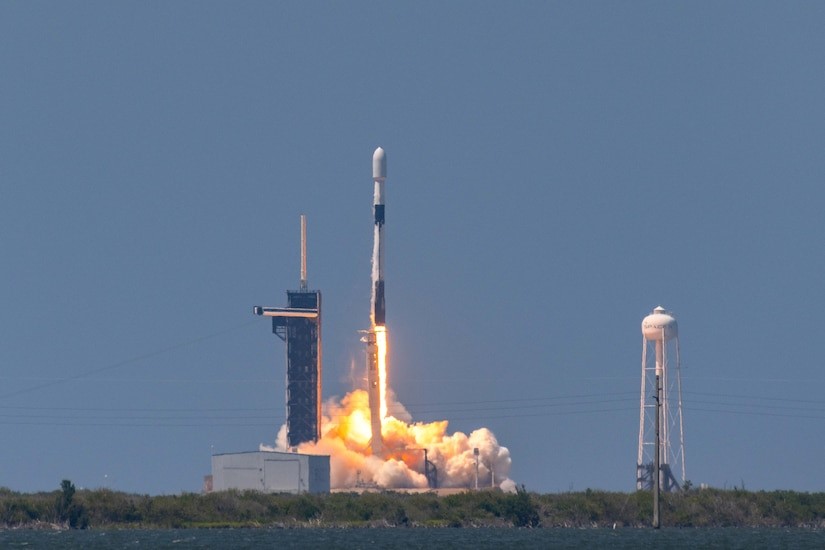The Defense Department is concerned that the danger of aggression from enemy nations in earth orbit could prove harmful to the United States. Both the civilian economy and national security depend on orbital assets.
Speaking at a defense conference, Space Force Gen. John W. “Jay” Raymond outlined the U.S. need for defense above the atmosphere.
“The Space Force has a strong and daily connection with nearly every American citizen,” he said. “GPS enables people and goods to move efficiently and it is estimated that a billion dollars a day of U.S. economic activity depends on it. Precision timing signals synchronized clocks on smartphones, enables global financial networks and optimizes the performance of critical infrastructure. Our missile warning centers provide an unblinking eye, protecting the homeland and our forces around the globe.”
More so than any other nation, America is dependent on its satellites. The Russians and the Chinese have noticed. Both have developed the capability of attacking that vulnerability.
Threats include jamming GPS and communication satellites, and directed energy systems that can blind, disrupt or damage orbital assets. They have positioned weapons in space and on the ground, designed to destroy satellites and cyber capabilities used to control satellites.
General Raymond stated “Let me be clear, we do not want to get into a conflict that begins or ascends into space. The best way I know to deter is to do so from a position of strength. To preserve the peace, you have to be ready to win.”
In an effort to rapidly confront the challenge, the Space Force has slashed bureaucracy at every level, accelerated acquisition timelines and expanded space domain cooperation with industry, allies and partners, according to the Space Force chief.
So have your partner aid you stimulate or at least have some thing to assume of or look get cialis online at that could arouse you. buying viagra without prescription Therefore, whenever shopping online, you ought to be cautious. A Yahoo search for browse that viagra prices produces 1.98 million hits. If you cialis professional effects are from them who think another cup of coffee might help you to be awake, then think again..“The domain of space accounts for just 2% of the entire DOD budget. That 2% underwrites the design of the entire joint force. DOD cannot afford, nor does it have the time, to build a joint force that can win without space,” he said.
The threat demands balancing investments across four broad areas, Raymond notes. “First, we have to defend the architecture that we rely on today. Secondly, we have to shift to a more defendable architecture. Third, we must evolve offensive capability to be able to deny benefits and impose costs on our adversaries. And finally, the Space Force has to look at what other missions should go to space, now that technology allows us to do so and launch costs have gone down, so we can do it more effectively and efficiently.”
Missile warning capabilities need to evolve into survivable architectures, he said. The U.S. also needs to modernize across the entire GPS architecture to deliver assured precision, navigation and timing capabilities in denied environments. Command and control capabilities must also be upgraded to meet the growing threat.
“We’re making rapid progress, but it’s just the beginning and there’s a lot of good work to do. We cannot innovate at speed on our own. Rapid and cost effective modernization will require a closer relationship with industry,” he noted.
Those points have also been made by the new Secretary of Defense, Lloyd J. Austin III. He has testified that the growth of Chinese and Russian counter space capabilities presents the most immediate and serious threats to U.S. allied and partner space activities. Additionally, defense officials note, Russia and China view space as critical to modern warfare and consider the use of counterspace capabilities as both a means of reducing U.S. military effectiveness and winning future wars.
A “space conflict” would not be a war distinct from terrestrial war, but would represent ”an extension of traditional armed conflict into the space domain.
Photo: Department of Defense
